Apple is researching expanding the nano-texture glass that it introduced on the Pro Display XDR, to bring the technology's benefit of greater anti-reflective properties to the iPhone or iPad
Apple introduced the optional nano-texture glass surface with the Pro Display XDR, and then more recently brought it to the 27-inch iMac. Now it appears to be planning to deploy it on portable devices, including the iPhone and iPad.
"Antireflective Treatment for Textured Enclosure Components," is a newly-revealed patent application that is concerned with bringing this technology to more devices. As ever, Apple wants to cover itself for all possibilities, so those devices include "a mobile phone, a notebook computing device (e.g., a notebook), a tablet computing device (e.g., a tablet), a portable media player, a wearable device, or another type of portable electronic device."
And just to be sure, a device with one of these nano-texture screens "may also be a desktop computer system, computer component, input device, appliance, or virtually any other type of electronic product or device component."
However, the drawings concentrate on an iPad-like device, while the rest of the text avoids being specific but does mention phones a couple of times. Whatever the device, Apple is clear that there has to be a display that shows "graphical outputs that are visible through the textured region of the glass member."
This "textured region" is specified as being "substrate surface, a set of protrusions extending outwardly from the substrate surface, each protrusion of the set of protrusions having a width greater than or equal to about 750 nm and less than about 10 microns." It goes into more detail about these protrusions, but it's ultimately describing methods of etching onto the glass.
"[For instance, chemical] etching techniques for glass members may involve using an acid to remove portions of the glass member," continues Apple. "Etching techniques also include reactive ion etching, which [may be] combined with lithography.
In each proposed system, the end result is a device that has a single piece of glass which has this etched texture. It's this which makes nano-texture work well at reducing reflectivity, as it prevents light being reflected right back at the user.
There are significant engineering challenges to doing so, however. Partially as a result of more surface area, even on the "nano" level, the device may lend itself to scratching more easily. Apple minimizes this by requiring and including a special cloth for cleaning, and it isn't clear how it would further protect a device like an iPhone that is intended to be routinely pocketed by users, sometimes accidentally adjacent to hard debris like sand in the pocket or coins, keys, and other accoutrements of modern life nearby.
The patent application is credited to three inventors, Joseph C. Poole, Matthew S. Rogers, and Naoto Matsuyuki. The latter two have previously worked on a patent application regarding a possible glass keyboard.
 William Gallagher
William Gallagher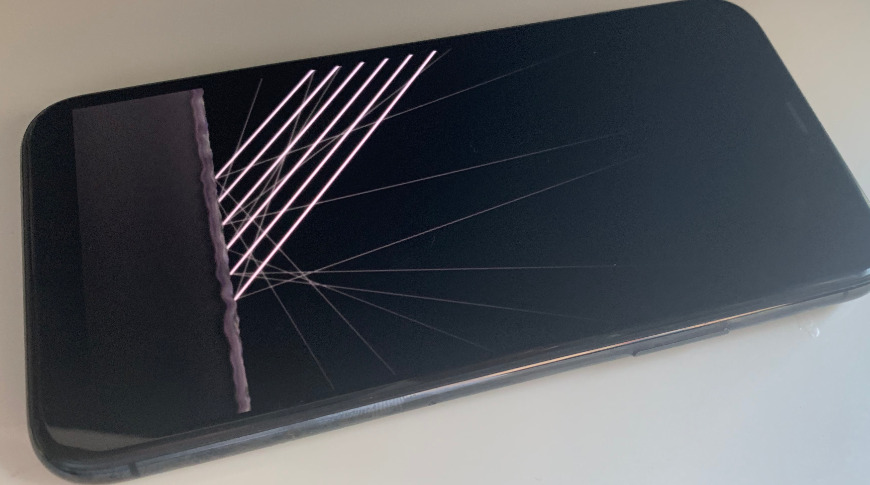
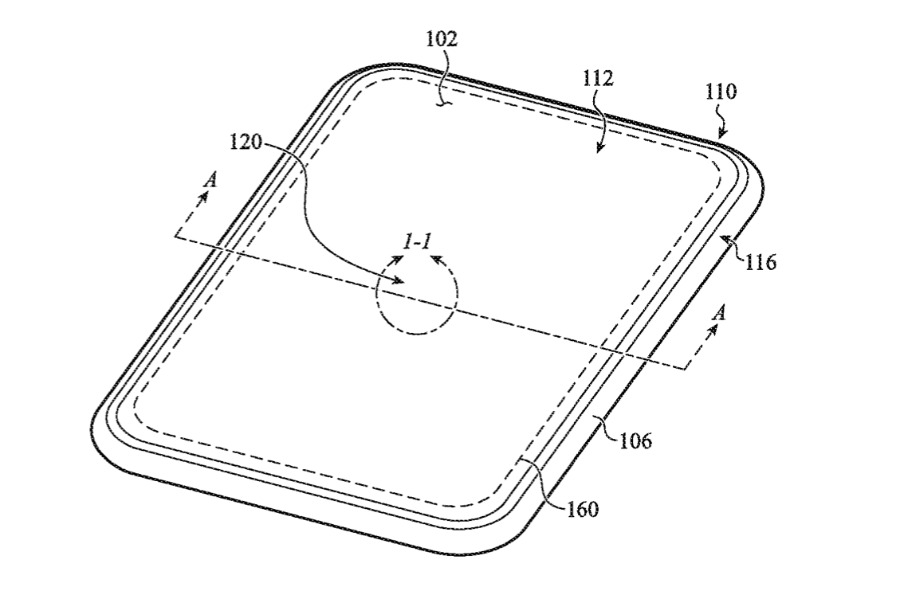

-m.jpg)






 Wesley Hilliard
Wesley Hilliard
 Andrew O'Hara
Andrew O'Hara
 Malcolm Owen
Malcolm Owen
 Marko Zivkovic
Marko Zivkovic

 Chip Loder
Chip Loder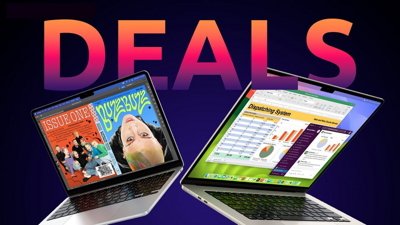
 Christine McKee
Christine McKee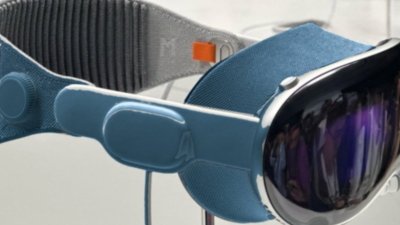


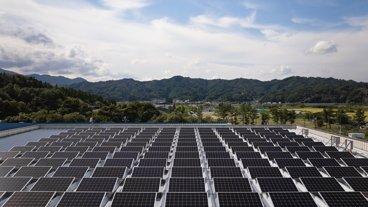
-m.jpg)





7 Comments
The current surface they have is so sensitive you have to use a special cloth to clean the screen - how do they plan on using it for a device you constantly touch or put in your pocket?
I absolutely don’t want this on iPad nor iPhone. It’s way to delicate and the benefit is not worth the value. Imagine telling an iPhone user, “You can’t use anything but this $10 rag to clean your screen, and no screen protectors. Oh, and don’t touch the screen.” 🙄
I have seen the differences between screens with, and without it. There is a very noticeable improvement. Unlike matte screens, which I've always objected to, this doesn’t spread the reflection all over the screen, destroying blacks and the detail within, or changing saturation and color accuracy.
years ago, Canon was the first to develop this technology for its camera lenses. It would be on the outside lens element, in particular. They then coat that with a fluorine based substance which is easy to clean. I have that on some of my lenses. Nikon followed, and I believe that at least one other is also doing this now. I can’t really say how sturdy this is because, you know, it’s an expensive camera lens, and we try very hard not to abuse them. But it doesn't seem particularly delicate either.
I would have to assume that Apple is very aware as to how their screens are used and abused. It’s hard to imagine that they would release this if they didn’t have some way to mitigate damage. And, after all, this is just a preliminary patent. Apple might have a lot more work to do if they plan to release it on a product. And cost would be a factor as well. Though, considering how much smaller phone screens are, it might not be too much of a problem, though iPads are much larger. But using it in many more devices, with a screen total area much exceeding that of their desktops, might bring the price down substantially. We can only hope.
I just bought the 2020 iMac and I was torn with buying the nanotexture glass. I'm a clean-freak when it comes to my monitor and it wasn't the cost of the screen that turned me off. It was the delicate nature of the glass, and the care one has to have when cleaning the screen. Since it was so new, there's no data to see how well this textured glass performs after months (years) of cleaning. I clean my screen constantly and I could not trust myself to be that careful with it.